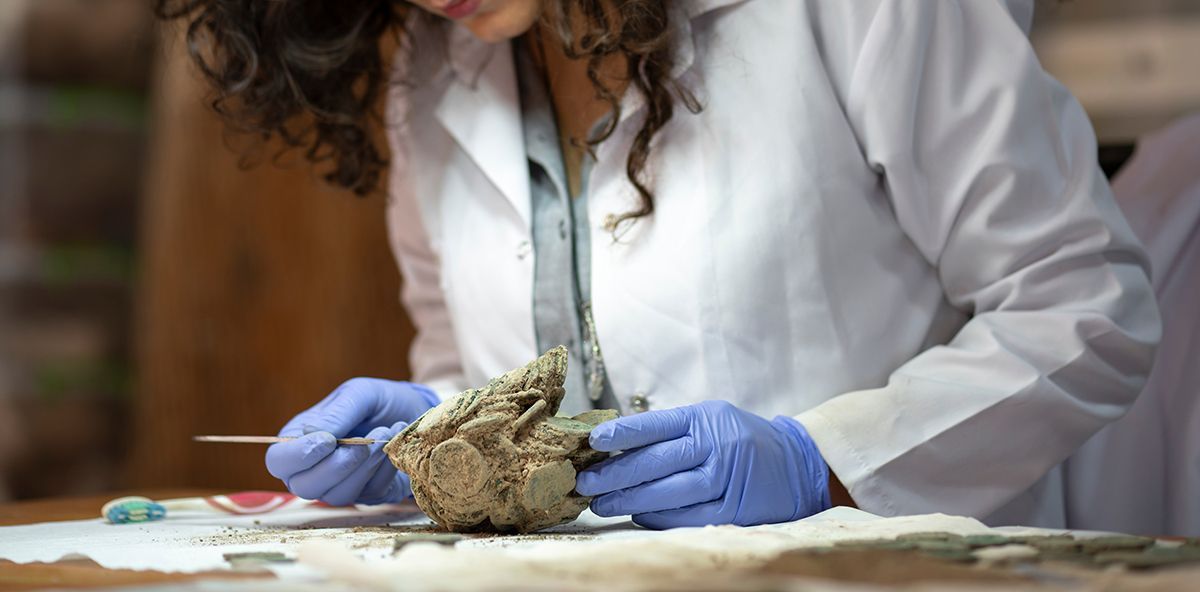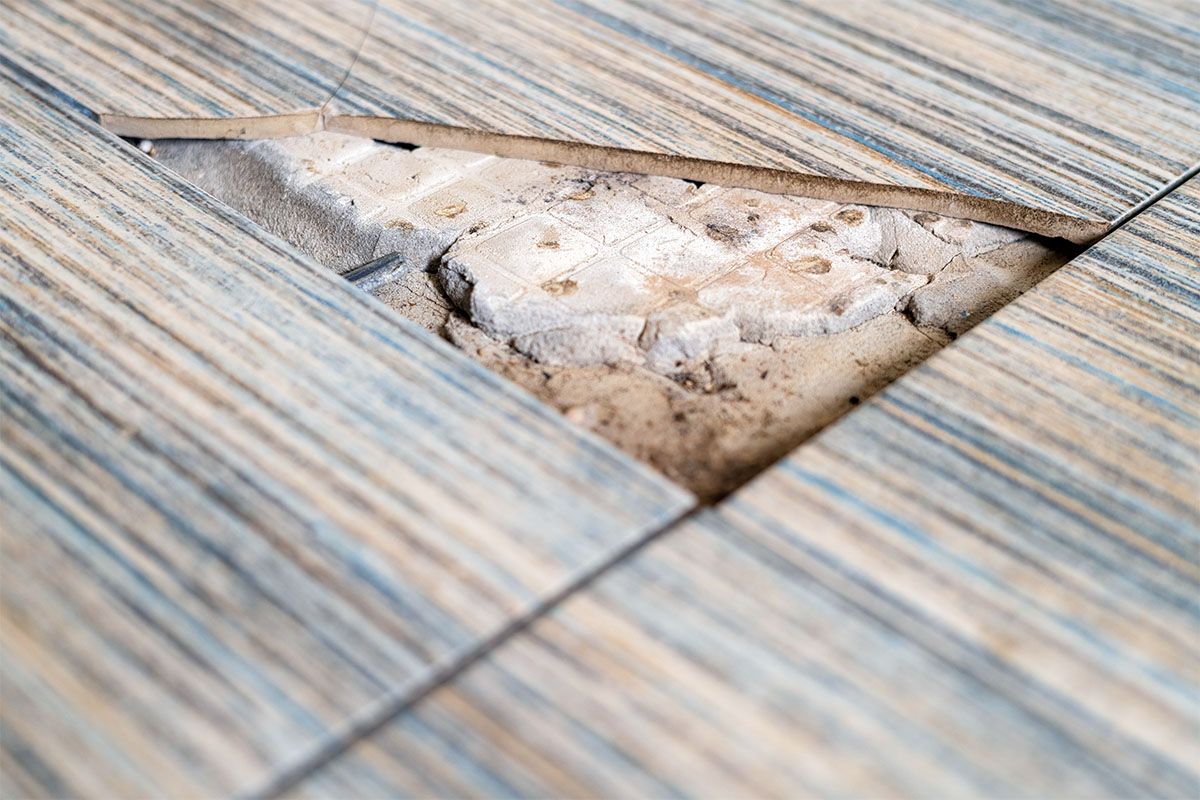Does Asbestos Impact Artefacts? What to do if You Find Asbestos in a Museum
This is a subtitle for your new post

Asbestos in a museum setting can pose unique challenges that wouldn’t occur in other public settings due to the heritage and cultural history stored within their walls. The discovery of asbestos in a museum, whether in the building fabric or within artefacts themselves, can have wide ranging implications. From potential damage to delicate collections to disruption of public access and long term conservation issues, museums must navigate these situations with care and expertise.
As licensed asbestos professionals,
Cordtape Environmental care about the preservation of public spaces, and we know that it can be easy to panic if you find asbestos in such a beloved and respected environment. However, there are things you can do to mitigate the risk, and the consequences might not be quite as bad as they first appear.
Why is asbestos dangerous in a museum?
Asbestos becomes hazardous when its fibres are disturbed and become airborne. In a museum context, asbestos can pose health risks to staff, visitors, and contractors if fibres become airborne.
Common sources include:
- Insulation around pipes and boilers
- Ceiling tiles and floor tiles
- Adhesives and sealants
- HVAC duct linings
If disturbed, asbestos can release microscopic fibres into the air, which, when inhaled, can cause serious diseases such as mesothelioma, asbestosis, and lung cancer. This is especially dangerous in enclosed environments like galleries, storage rooms, or conservation labs.
How common is asbestos in museums?
Many museums, especially those in buildings constructed before the 1980s, are at risk of containing asbestos. While most reputable institutions have management plans in place, not all hidden sources are always known. Areas at highest risk include:
- Boiler rooms and service areas
- Storage rooms and basements
- Attic spaces
- Older exhibit structures or plinth
Can asbestos affect artefacts?
Asbestos doesn’t chemically react with or degrade most artefacts. While it primarily poses a threat to human health, it can indirectly impact artefacts in the following ways:
- Contamination:
Artefacts stored or displayed near deteriorating asbestos materials may become contaminated with fibres.
- Damage During Remediation: Improper removal efforts can cause physical damage to delicate items or environments.
- Restricted Access: Discovery of asbestos can lead to room closures, limiting access to collections and delaying research or exhibitions.
Special care must be taken to avoid both cross contamination and physical disruption to sensitive collections.
What to do if you suspect asbestos in a museum
Whether you're a museum professional, contractor, or conservator, discovering suspected asbestos requires immediate and appropriate action.
You must:
- Stop all work immediately:
Cease any activity in the affected area to prevent disturbing or spreading asbestos fibres.
- Isolate the area:
Secure the site and restrict access to prevent exposure and fibre dispersion.
- Inform relevant authorities: Notify your institution’s health and safety officer, building manager, and conservation team.
- Arrange a professional survey:
A UKAS accredited asbestos surveyor should inspect the area and collect samples to confirm the presence and type of asbestos.
- Notify the HSE if required:
In the UK, the Health and Safety Executive (HSE) must be notified in certain situations involving licensed asbestos work.
Common artefacts that may contain asbestos
Certain artefact categories are more likely to contain asbestos. If you manage or curate collections from the 1900s, especially from the industrial, wartime, or scientific sectors, it’s crucial to assess these items for asbestos before restoration or public display.
These include:
- WWII era military gear such as gas masks and helmets with fireproof linings
- Historical electrical equipment with asbestos insulation
- Textiles and uniforms treated for fire resistance
- Old household appliances like toasters and irons
- Scientific instruments and lab equipment
- Theatrical props or fire curtains from the 19th or early 20th century
How is asbestos removed from a museum?
Asbestos removal in a museum environment is a highly controlled process to protect both human health and cultural heritage:
- Risk assessment: Experts assess the materials, location, and artefact proximity.
- Containment zones: Work areas are sealed off using negative pressure enclosures to contain fibres.
- Artefact protection: Sensitive artefacts are either removed or securely sealed to prevent contamination.
- Air monitoring: Continuous air quality testing ensures safety before, during, and after the removal.
- Certified disposal: Asbestos waste is double bagged, labelled, and disposed of at licensed facilities.
Cordtape has decades of experience helping heritage institutions, museums, and public buildings identify, manage, and safely remove asbestos. Our qualified team provides licensed
asbestos surveys and sampling, risk assessments and management plans, and safe
asbestos removal and disposal services.
We understand that every museum is unique, and so is every artefact. That’s why we tailor our services to ensure minimal disruption to collections and operations while meeting all safety and legal standards.




